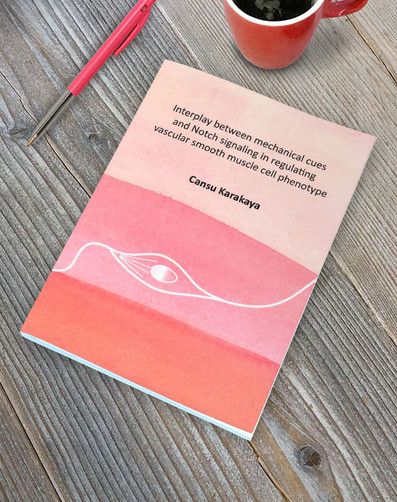
In situ vascular tissue engineering aims to address vascular diseases by replacing damaged vessels with living biological substitutes that restore, maintain and enhance tissue function, utilizing biodegradable scaffolds to promote tissue formation within the physiological environment. However, inconsistent outcomes and functional deficiencies highlight the need for a comprehensive understanding of growth and remodeling in tissue-engineered vascular grafts. Vascular growth and remodeling are mainly mediated by vascular smooth muscle cells (VSMCs) due to their ability to adopt different phenotypes in response to mechanical cues, such as cyclic strain. The underlying mechanisms remain unclear, but they may involve mechano-regulated cell-cell signaling pathways, particularly the Notch signaling pathway. This thesis investigates the interplay between mechanical cues and Notch signaling in regulating VSMC phenotype in both 2D and 3D environments. The findings reveal that Notch signaling is an important regulator of strain-mediated phenotypic switching of VSMCs, determined by maximum principal strain in 2D, and influenced by scaffold architecture in 3D. These insights advance our understanding of mechanoregulated vascular growth and remodeling, emphasizing the importance of integrating mechanosensitive signaling pathways into tissue engineering strategies to develop clinically relevant vascular substitutes.
